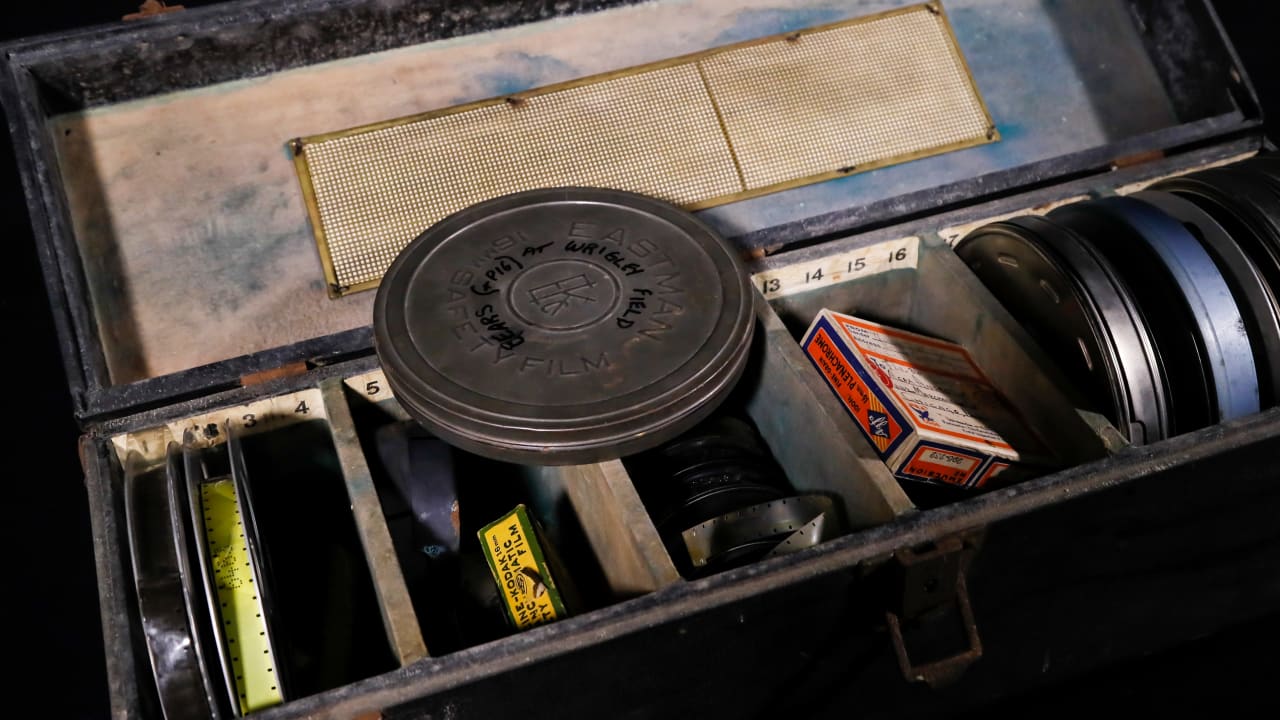Staley Da Bear
Well-known member
- Mar 16, 2019
- 2,085
- 0

To understand the gravity of what the McKearnans gave the Bears, one needs to consider the state of the NFL in the early 1920s.
George Halas and his star player traveled to the White House to meet President Calvin Coolidge. Upon the introduction of members of the Chicago Bears, the famously terse president offered what he perceived to be a compliment.
"Glad to meet you," said Coolidge. "I always did like animal acts."
Such was George Halas' life as a young man: the president who had just carried almost the entire industrial midwest in the 1924 election met the father of the NFL and assumed that Halas was the ringmaster of a traveling circus.
That would change soon enough, thanks primarily to the player who accompanied Halas to Washington.
College football had become a mainstream attraction by the outbreak of World War I a decade earlier. Knute Rockne had turned Notre Dame into a football shrine for Rust Belt Catholics. The service academies Army and Navy perfected the art of rivalry. The University of Chicago built a powerhouse, originating the term "Monsters of the Midway."
George Halas' Decatur-then-Chicago Staleys-then-Bears were barely drawing 5,000 fans a game in the country's second-largest market.
The pipeline from college stardom to an NFL team was not yet under construction in the league's early years. In 1935, the Bears failed to reach terms with Jay Berwanger, the first Heisman winner, when Berwanger found more lucrative employment for a local rubber company.
There was no Heisman Trophy in 1925, but there has never been any doubt who would have won the award: a running back at the University of Illinois named Harold "Red" Grange.
Grange was a national phenomenon. After multi-sport athlete Jim Thorpe, he was football's second superstar. With his graduation imminent in Champaign, Grange was weighing a trio of lucrative options.
First, he could capitalize on his football prowess by moving to Hollywood and becoming a movie star. This offer would follow him for years, and he would eventually go that route.
Second, he could have heeded the petition circulated by Chicago Republicans, urging him to run for Congress in 1926, despite being under the constitutionally required age of 25.
Third, and perhaps most unusual, he could take a two-hour train ride up to Chicago and join Halas, himself an Illinois alum, with the Chicago Bears.
Grange surprised many when his handler, C.C. Pyle, reached terms with Halas to join forces and go on a barnstorming tour around the United States, including a stop in the nation's capital to meet the president.
But first, the new marriage would kick off in Chicago.
Days after his last game for the Illini, Grange was at a sold-out Wrigley Field--or Cubs Field as it was then called--on Thanksgiving Day. If the league was born in 1920 in Canton, Ohio, it was christened five years later in Chicago. The biggest star in the country was going to try his hand at professional football.
The game was far from a barnburner, finishing in a 0-0 tie, but the memory lived on in the thousands of adoring fans and one photo of Halas, guard Bill Fleckenstein, Grange and Pyle sitting on the sideline with a blanket pulled over their knees.
There was no known footage taken of the pivotal game, or so the world thought until three brothers in the northern suburbs decided to clean out their late father's storage shed.
